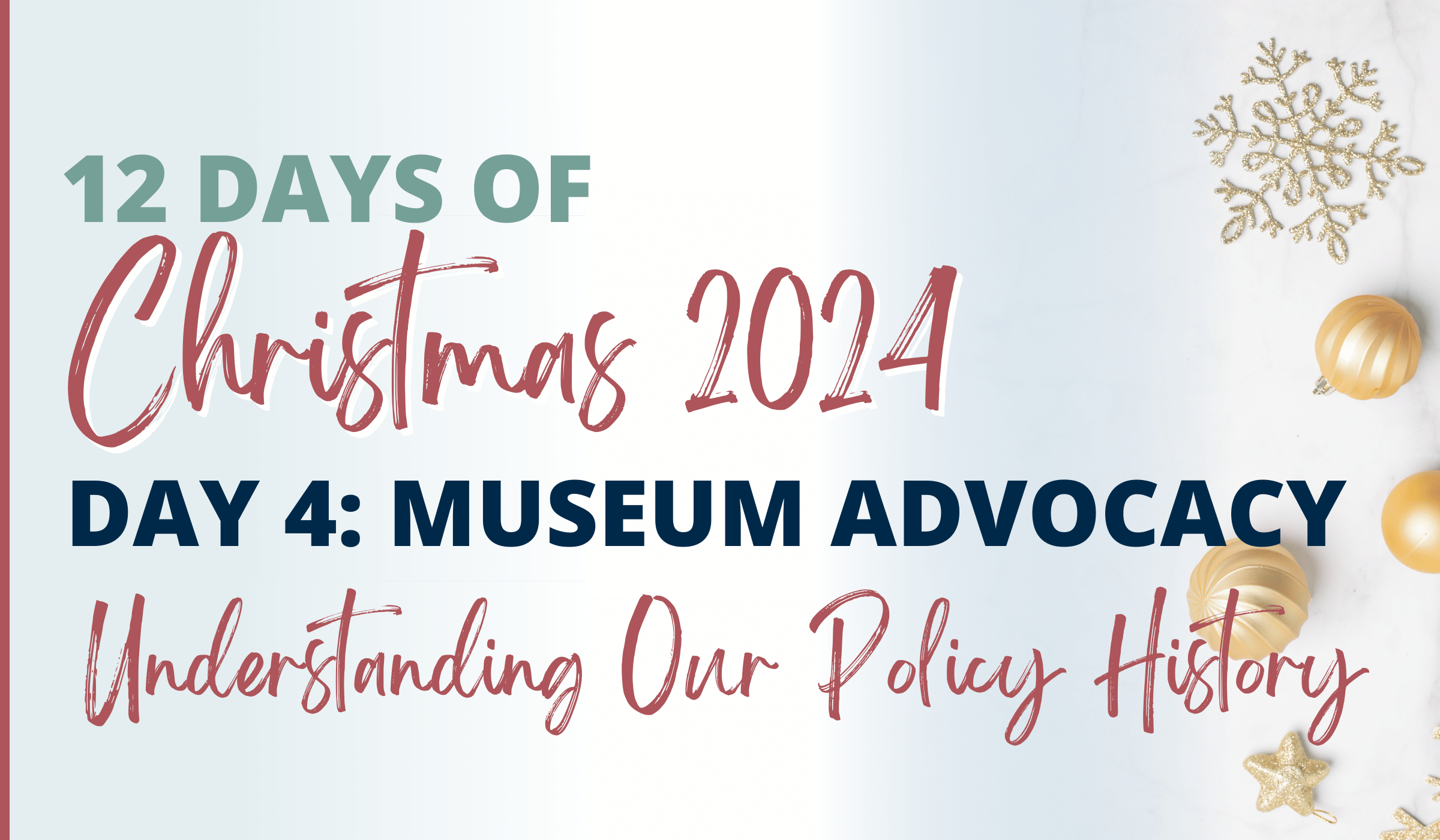Museum Advocacy: Our Policy History
12 Days of Christmas Day 4
It’s Day 4 of the “12 Days of Christmas Museum Education Edition!”
In this episode, we dive into the fascinating history of museum advocacy and policy in the United States. From the founding of the Smithsonian Institution in 1846 to the creation of the Institute of Museum and Library Services (IMLS) in 1996, we'll unpacks key moments in the relationship between museums and federal policymaking.
If you’re curious about the roots of museum policy and its implications for advocacy, this bite-sized history lesson, packed with insights, will deepen your understanding.
Discover
The founding of the Smithsonian Institution and its unique origin story.
The ambivalence of the federal government’s role in museum funding and cultural heritage.
The impact of the 1969 Belmont Report on museum advocacy and public education.
The evolution of the Museum Services Act into today’s IMLS.
The concept of museum funding as a "wicked problem" with no perfect solutions.
Key Takeaways
The relationship between museums and public education, a cornerstone of museum advocacy, has policy roots dating back to 1969.
The 2025 reauthorization of IMLS funding is approaching. Museum educators and professionals should start preparing their advocacy strategies now.
Advocacy Day with the American Alliance of Museums (AAM) is in February—research your state’s advocacy efforts and get involved!
Check out the episode on your favorite podcast player!
Looking for the transcript? Find it here.
Join the Conversation:
What are your thoughts on the history of museum funding and advocacy? How do you approach these discussions in your professional role? Share your thoughts with Rachel on LinkedIn or via email.


